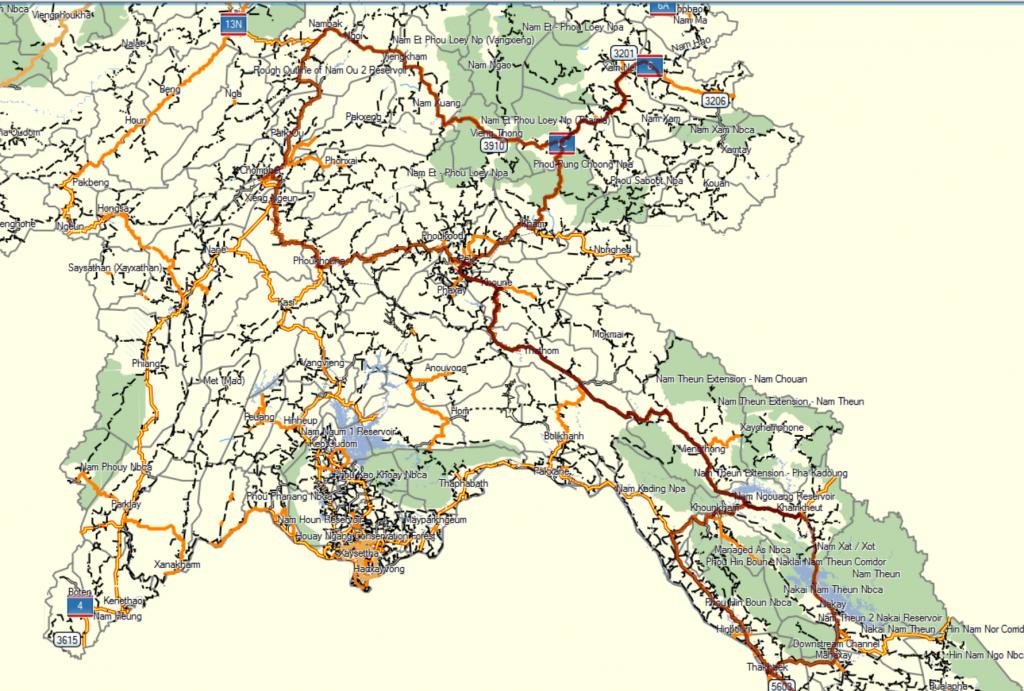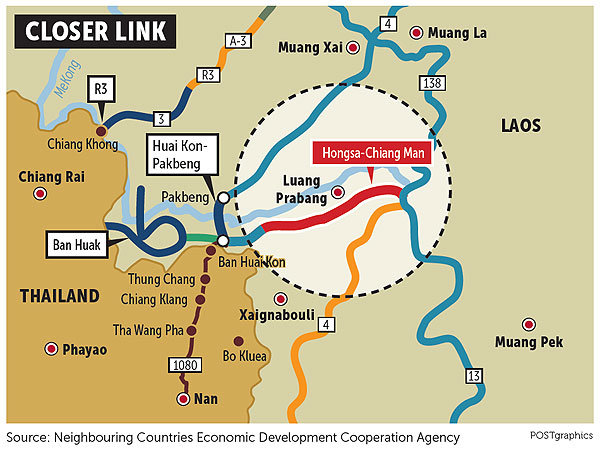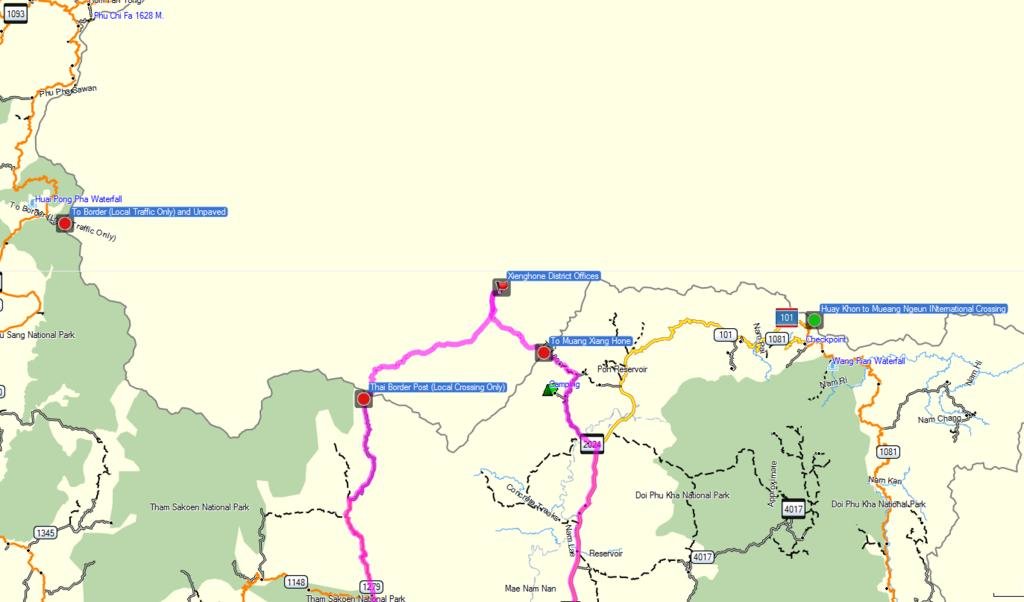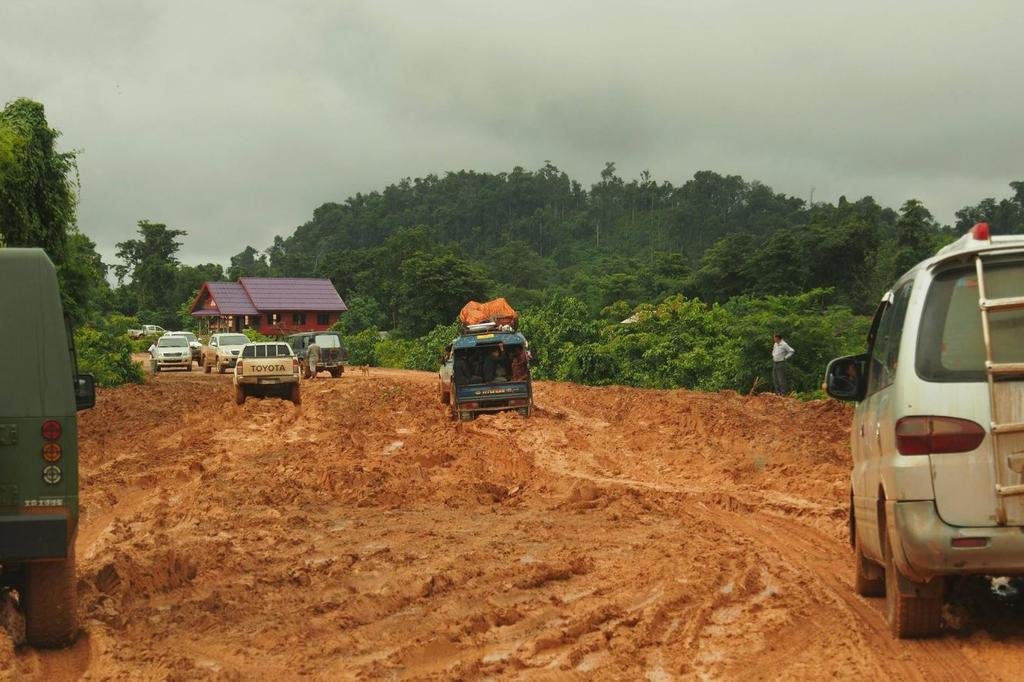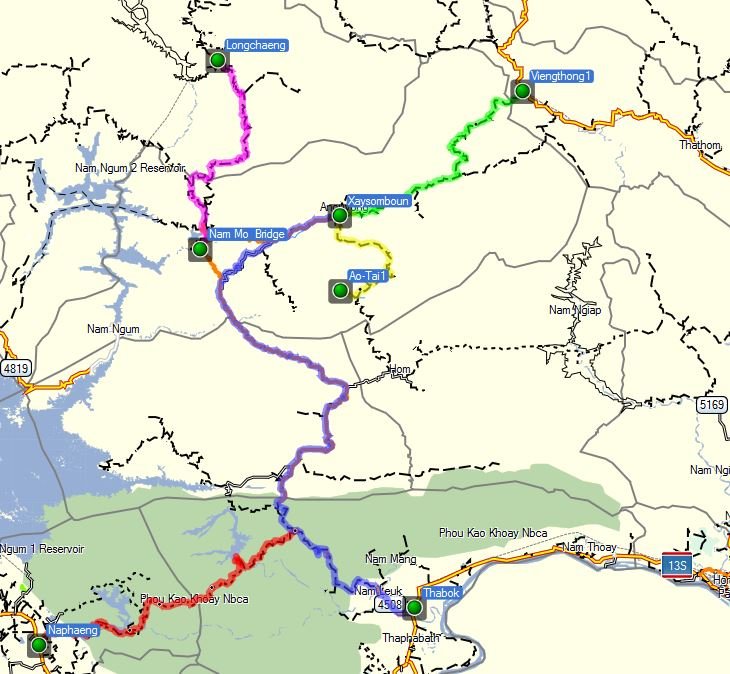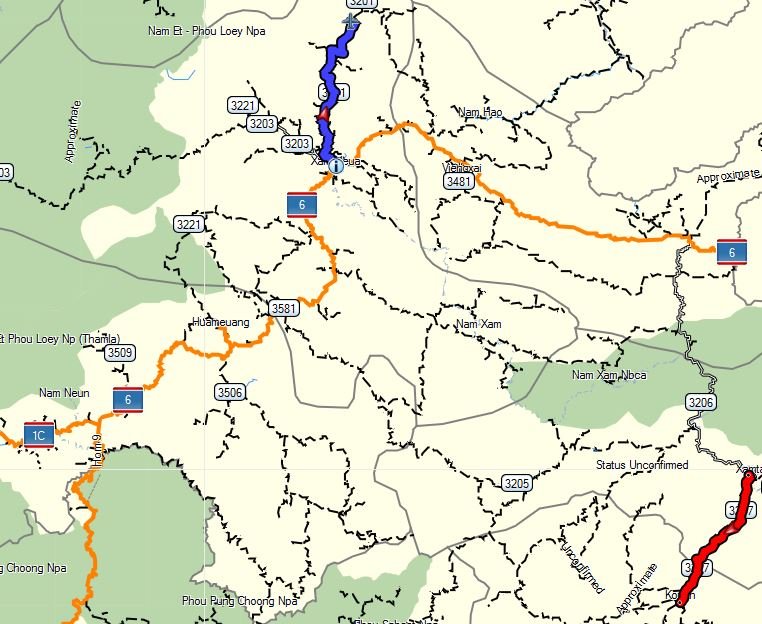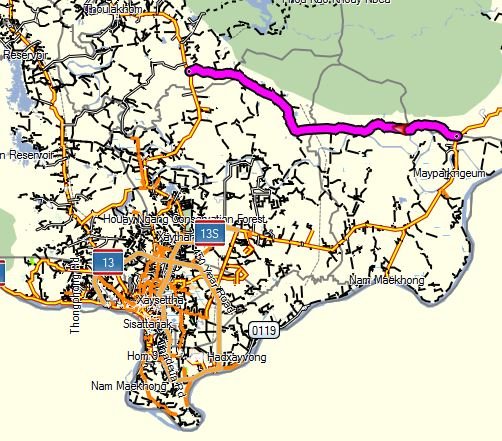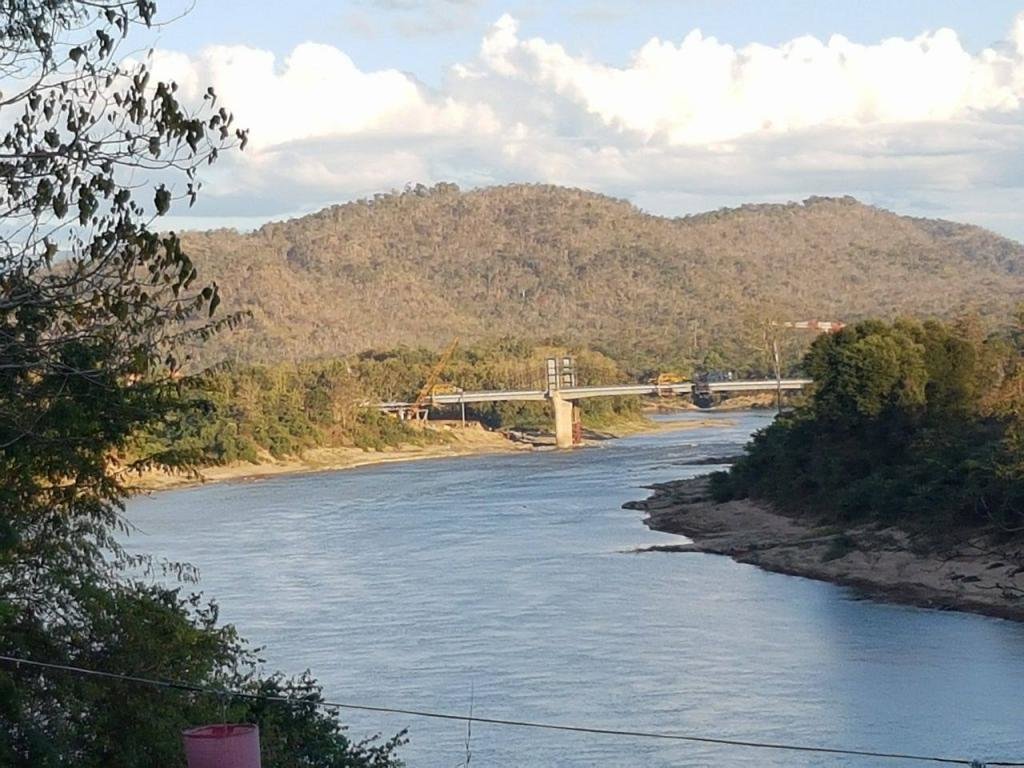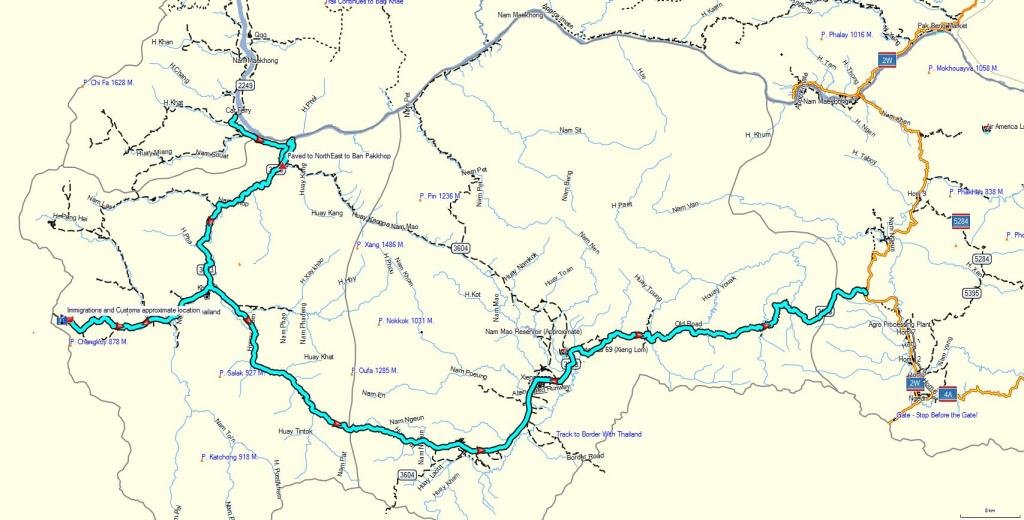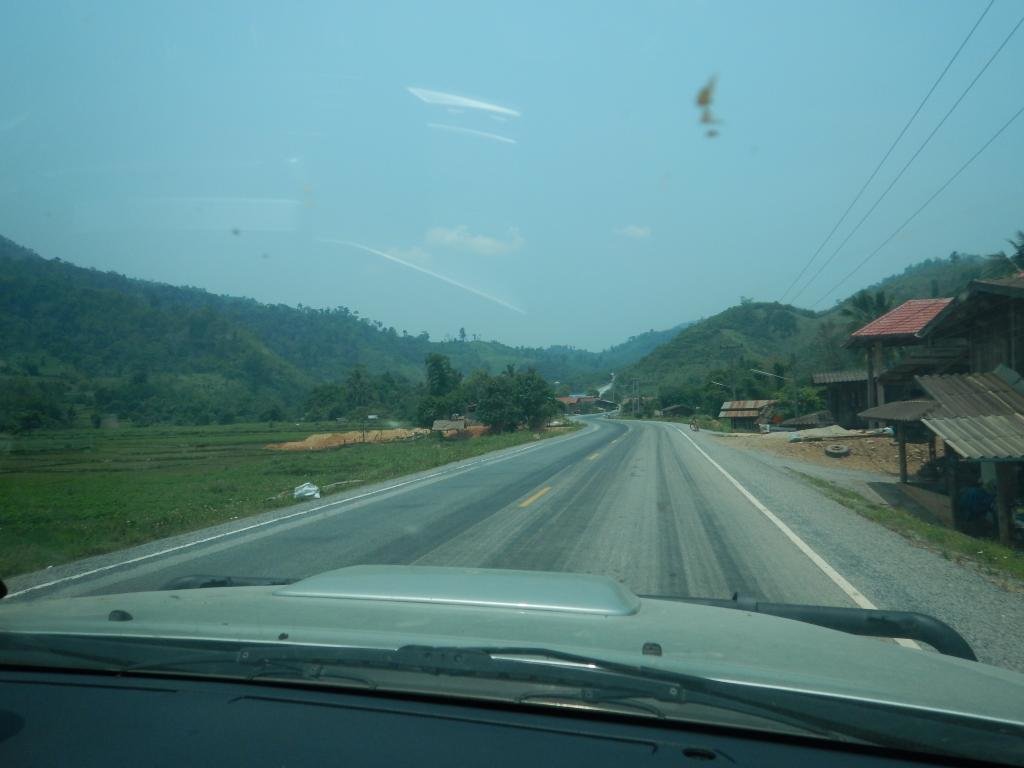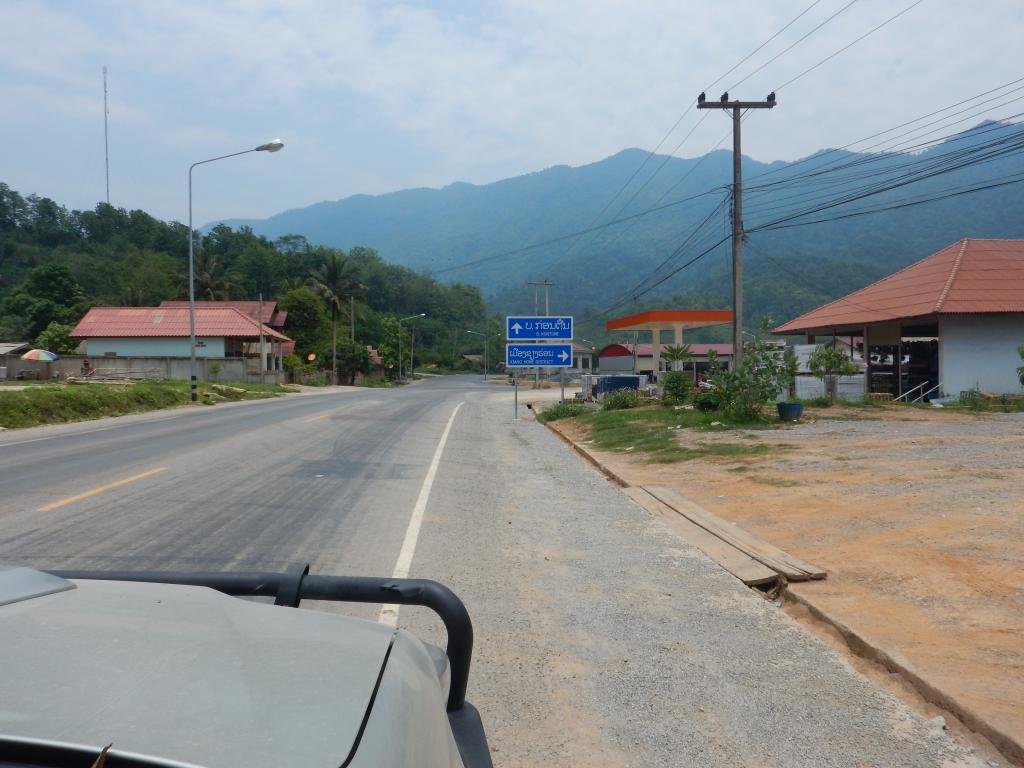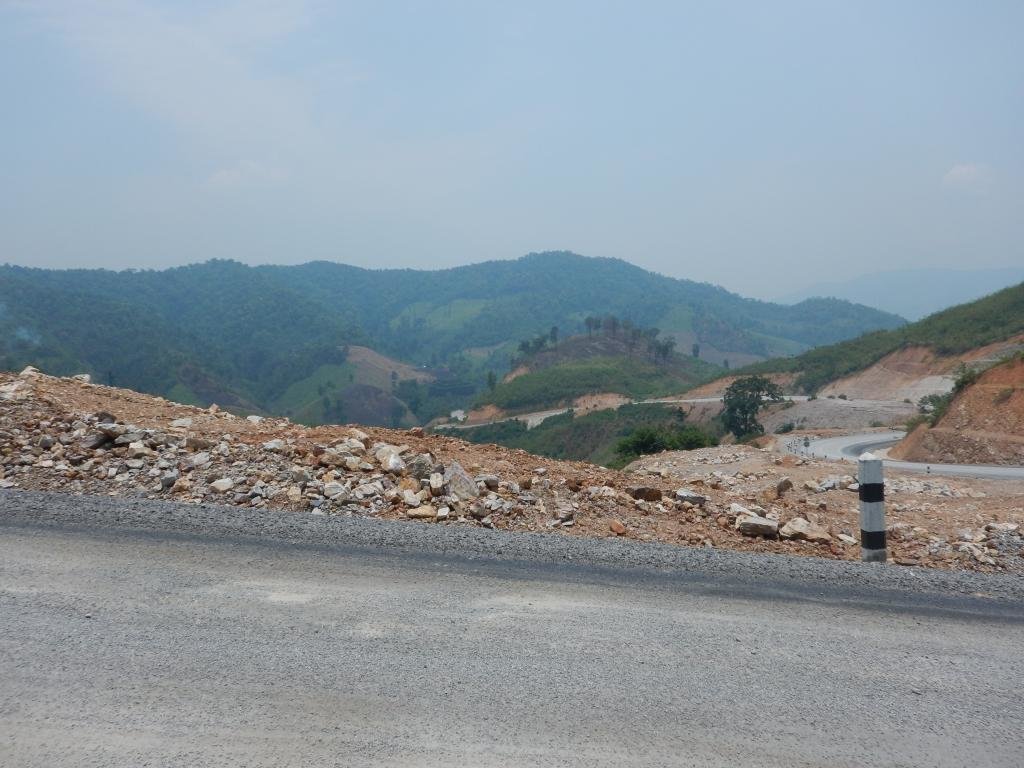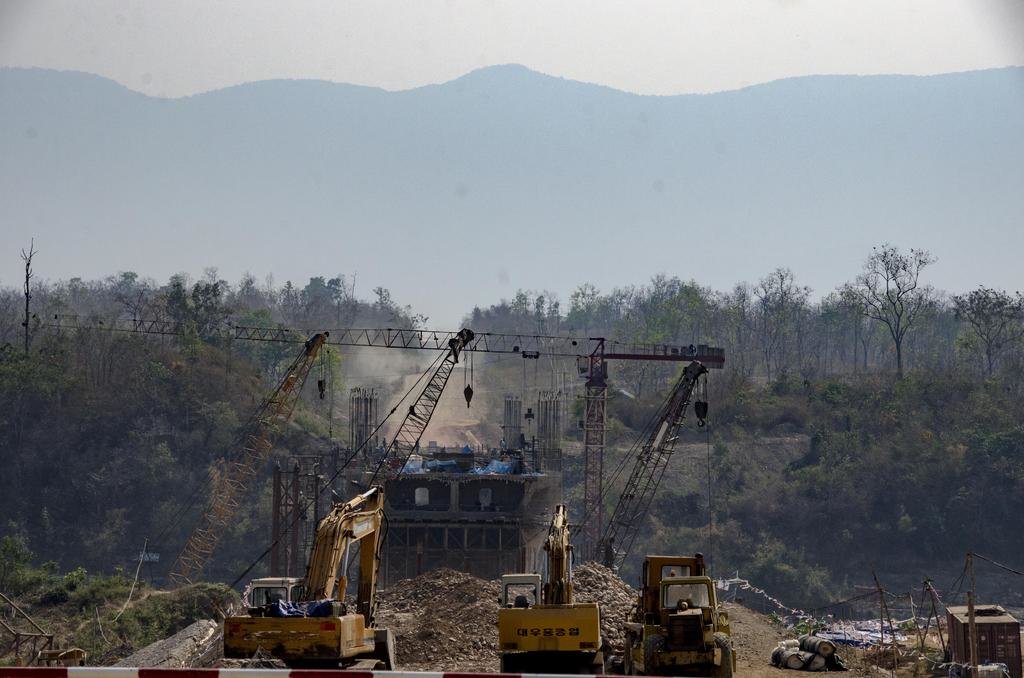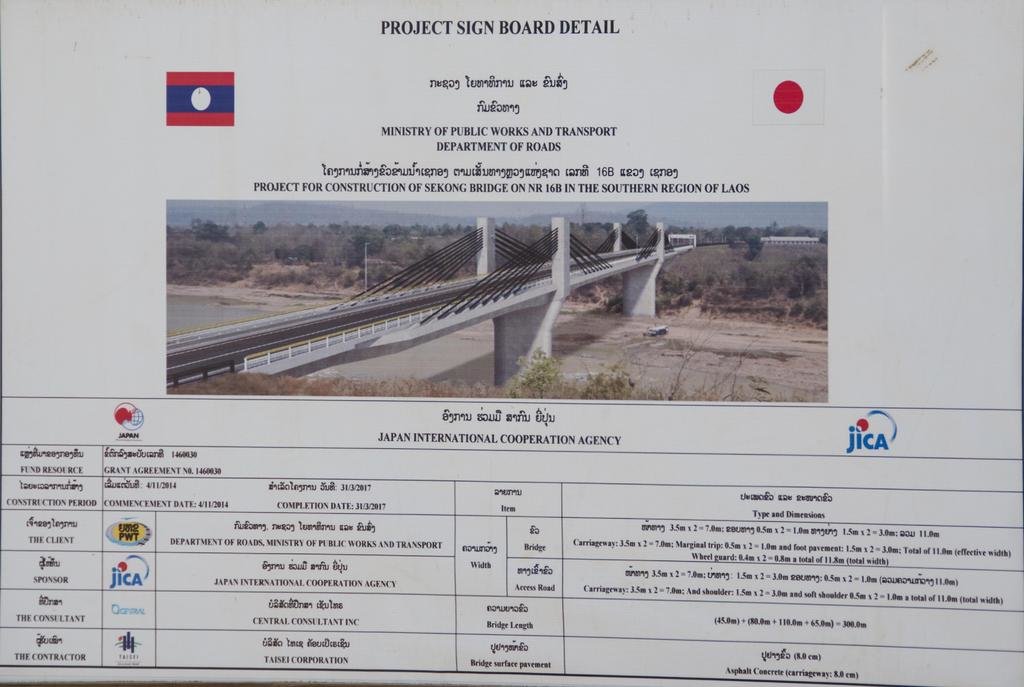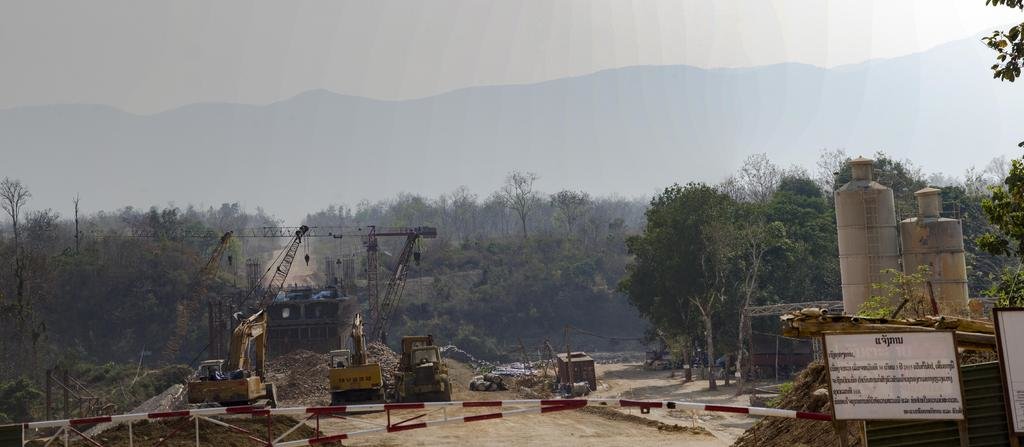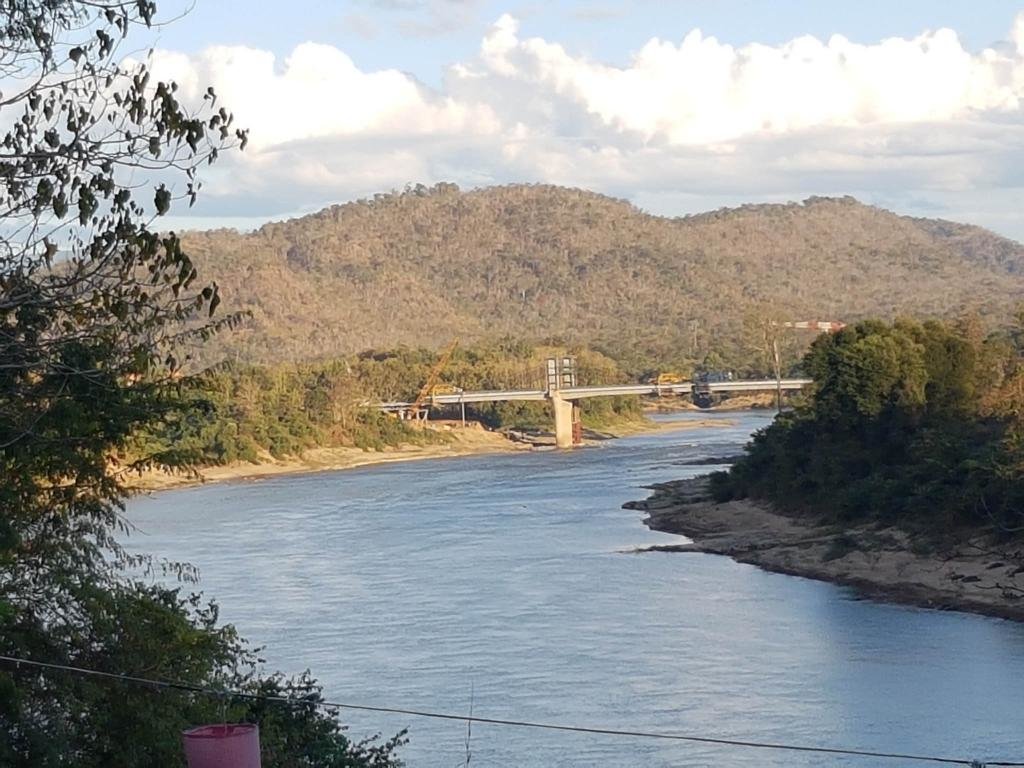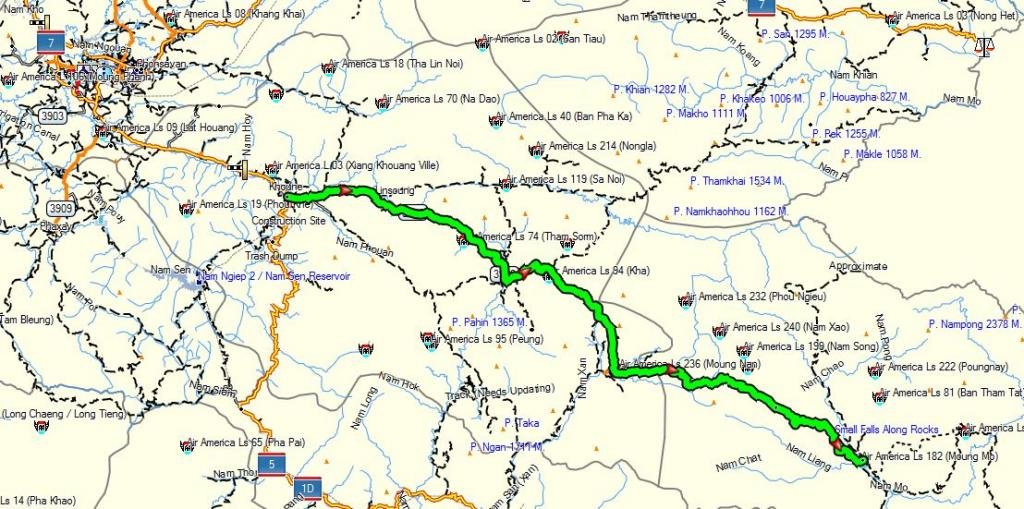I just did the following route over Jan 2017.
Riding a sport tourer (Ducati GT1000) and looking for relatively good sealed mountain roads
Coming up from Cambodia,

akse to Thakhek on 13, all sealed, good condition
:Thakhek Loop via Nakai to Lak Xao, sealed all the way, good condition.
:Lak Xao to Phonsavan via 1D, all sealed, good condition

honsavan to Sam Nuea and Vieng Xai caves via 7- 1C- 6. Sealed but loads of potholes, narrow road. Fog/low visibility on that particular ride.
:Sam Nuea to Nong Khiaw on 1C, sealed, narrow, lots of potholes.
:Nong Khiaw to Luang Prabang via 1C and 13, road starts to improve but still a bit rough in some parts
:LPB to Phonsavan via 13 and 7, all sealed, 13 a bit rough in parts, 7 in good condition.
From a sports tourer riding perspective, the best roads for riding were 7 where it turns off from 13 heading to Phonsavan, 1D between Phonsavan and Lak Xao, and the Thakhek loop.
Those roads were in the best condition, great scenery/winding mountain roads, and low traffic. On the busier mountain routes, trucks use water to cool their brakes which leaves a slippery residue on the road surface. This wasn't noticeable on 1D Sth of Phonsavan, and 7 west of Phonsavan.
Scenery was a bit better around Sam Nuea way, due to denser forest, more rivers etc, but the potholes were hard work on a sports tourer.
Thanks Lone Rider for the route suggestions and maps.
